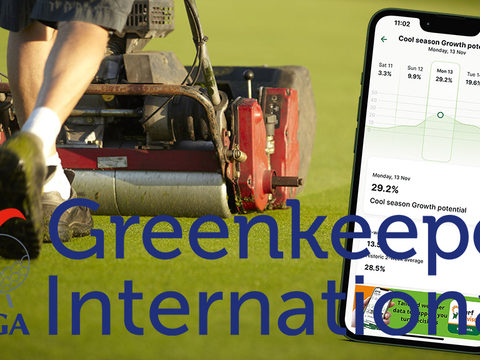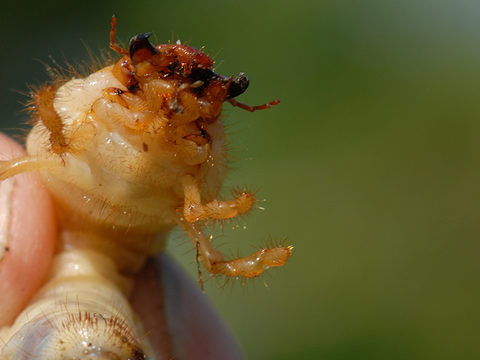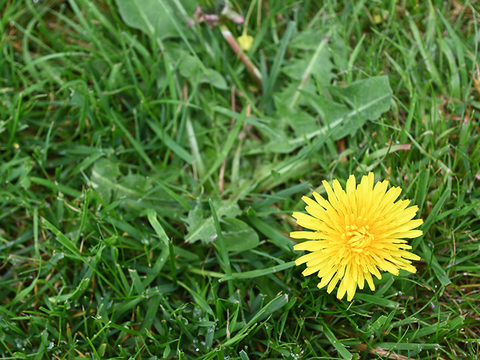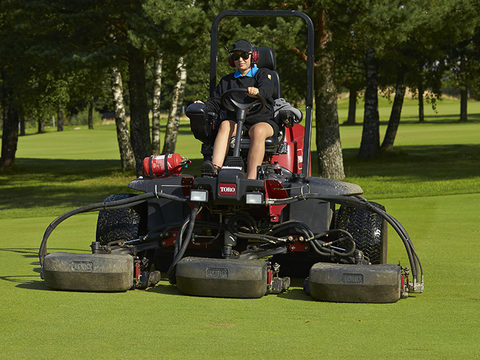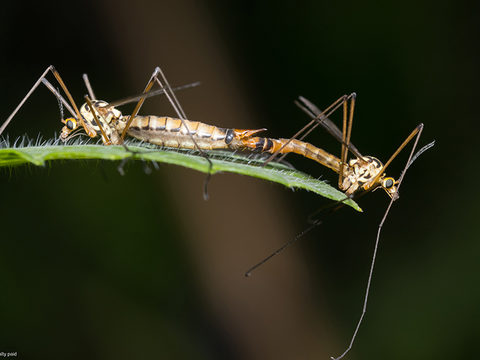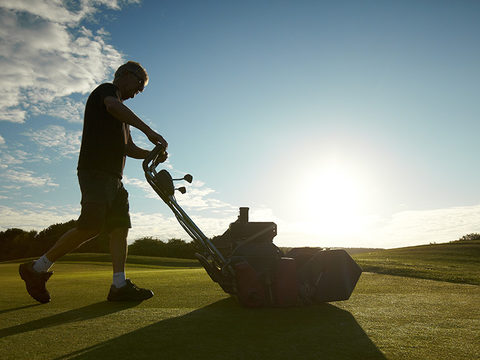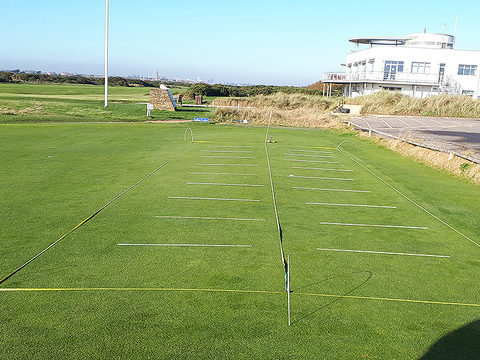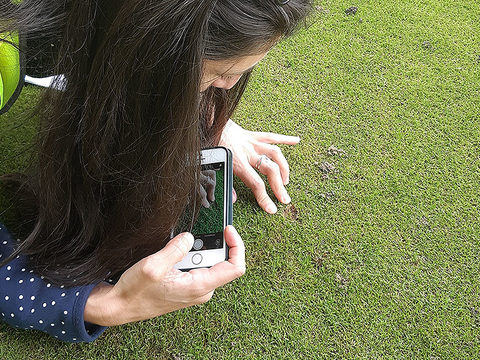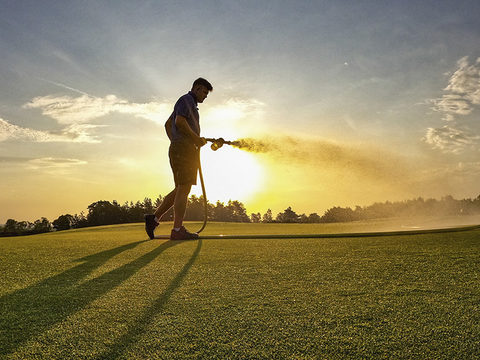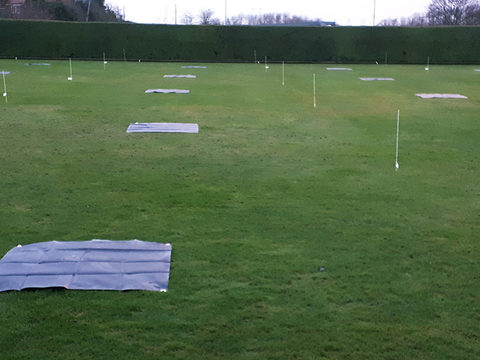Mass build up for roots
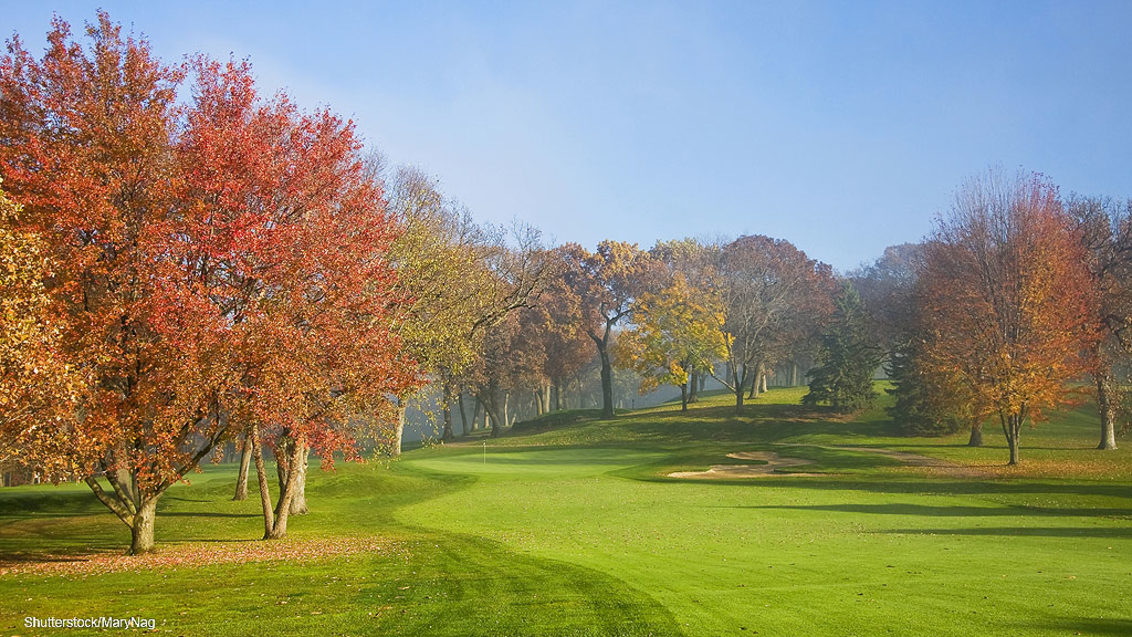
Climate trends for extended autumn growing conditions create a great opportunity to enhance turf health and rooting, which will make plants more resilient through the winter months, writes Syngenta Technical Manager, Glenn Kirby.
Record summer temperatures would have had a huge impact on turf strength, resulting in a significant loss of root mass. That will also deplete turf plants of essential carbohydrate reserves, which are relied on to take them through the winter when photosynthetic activity is low.
But, whilst warmer autumn temperatures can remain conducive to growth, light levels will be falling as the season progresses – in both intensity and duration. Sunshine hours typically fall by over 25% between September and October (Table 1), but huge variation between years and location highlights the need to vary turf management accordingly.
Aug | Sept | Oct | |
UK average | 161 | 129 | 93 |
UK five-year range | 147 - 171 | 109 - 158 | 73 - 113 |
Scotland | 135 | 106 | 78 |
N England | 172 | 133 | 92 |
S England | 185 | 150 | 108 |
N Ireland | 129 | 110 | 86 |
Table 1. Average hours of sunshine over the past five years shows seasonal and regional implications for turf health and management | |||
Key to optimising the use of all available light, and rebuilding the plant’s carbohydrate reserves, is to minimise any other limiting factors or stresses and to promote photosynthetic activity.
R&D with Primo Maxx II has revealed up to 30% more chloroplasts concentrated in the leaf, resulting in comparable increase in light absorption and photochemical efficiency in the plant. Corresponding to this, plants in the studies have shown a 39% increase in carbohydrate and 27% greater root mass.
As the sun’s daily arch gets lower through the autumn, the impact of shade can become even more severe. Clearing overhead cover can help more light to reach the surface, along with removing lower vegetation to improve air flow that will aid drying surfaces and reduce disease risk.
Results of new STRI research, in conjunction with ICL, has highlighted how combinations of growth regulator and nutrition programmes can help turf make better use of available light and significantly enhance playing surface quality.
In the controlled environment trials, weekly applications of Primo Maxx II increased chlorophyll levels in perennial ryegrass by more than 15%, compared to untreated. There was a further small increase in combination with nutrition.
Equally significantly, turf colour and turf quality was evaluated at an average 22% and 15% better respectively across a range of PGR programmes and combinations of fertiliser inputs.
However, the STRI research has also shown that where heavy shade is seriously limiting late season growth potential, the continued use of a growth regulator would not be recommended.
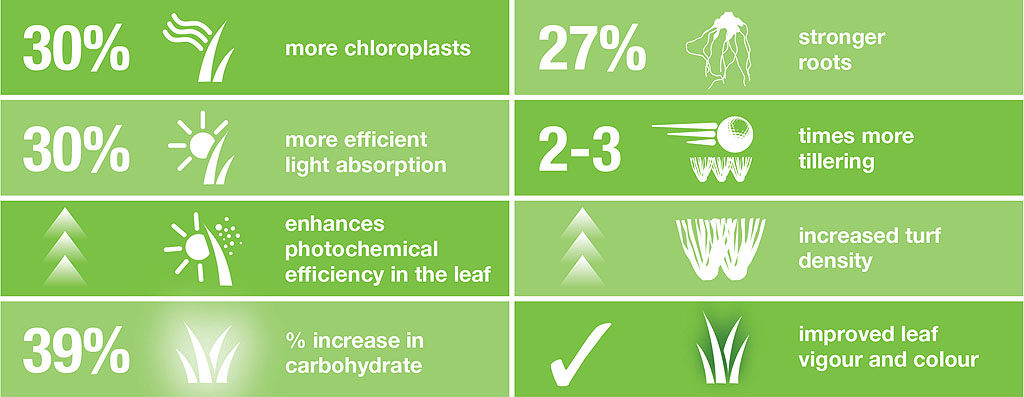
The research has provided a valuable insight into how long growth regulation programmes should continue. It suggests that, in good conditions, it can be beneficially maintained whilst growth continues, albeit at appropriate lower rates and longer intervals as growth slows. But PGR use should cease when other factors, especially light, stop growth.
The actual timing for PGR programmes to end will depend on the season and the local conditions, as well as individual courses’ demands and other Integrated Turf Management (ITM) practices.
The work has also shown the importance of adequate nutrition to support the turf growth. Whilst it is important to avoid lush growth that could be more susceptible to disease at a high risk timing, it is crucial to give sufficient readily available nutrients so as not to stress the turf. The release of nutrients from fertiliser needs to be considered, as soil conditions cool.
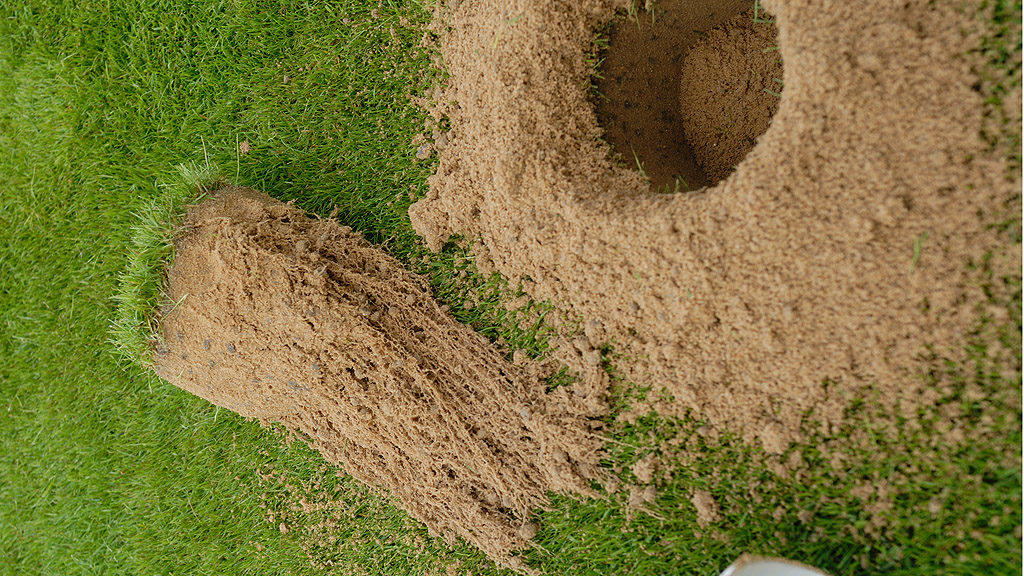
Increased root mass also plays an important role in nutrient uptake and efficient utilisation, to further enhance strength and health.
In other STRI trials, assessing turf health under different irrigation regimes, the combination of wetting agent and PGR treatments at <20% VMD in the root zone gave significantly longer lasting benefits, including 25% improvement in sward density and 10% higher NDVI – as a measure of turf health – four weeks after the end of a five spray programme, compared to untreated.
Bioforsk research in the Nordics has revealed the increase in carbohydrate build up through the end of the growing season can perpetuate right through the winter and into the following spring. Its work has shown that can really kick-start early season recovery and growth.
Furthermore, the trial work showed that the stronger turf, under the ITM programme with PGR and nutrition, was significantly less affected by Microdochium Patch over the winter.
Best results were achieved where turf is also protected with a fungicide programme, based on systemic/contact in the autumn to prevent disease attack, followed by protection of the contact Medallion TL in late autumn.
Most PGR programmes are clearly focussed on the turf quality enhancements and stronger rooting. But it is also worth considering beneficial aspects with slower growth rates that reduce mowing.
Firstly, every cut creates an open wound that can easily allow disease pathogens to invade, and uses plant energy to repair. Any reduction in mowing frequency, or alternating with rolling if it’s not already been done, lowers the risk. On this note, it’s an opportune time to check and hone mower sharpness, which may have been dulled by heavy sand top dressing renovation; sharp blades and a clean cut reduces damage to leaves.
Secondly, ICL Turf Science trials have demonstrated Primo Maxx II treated turf can run smoother and faster cut at four mm, compared to untreated at three mm. In practice club pressure and conditions will be the driving factors in how fast greens roll. But, going into the autumn, the opportunity for up to 30% more leaf area, without compromising speed and playability, could make a big difference in light capture and rebuilding turf strength.
This article first appeared in Greenkeeper International, in association with BIGGA. Click here for more GI Insight features.


